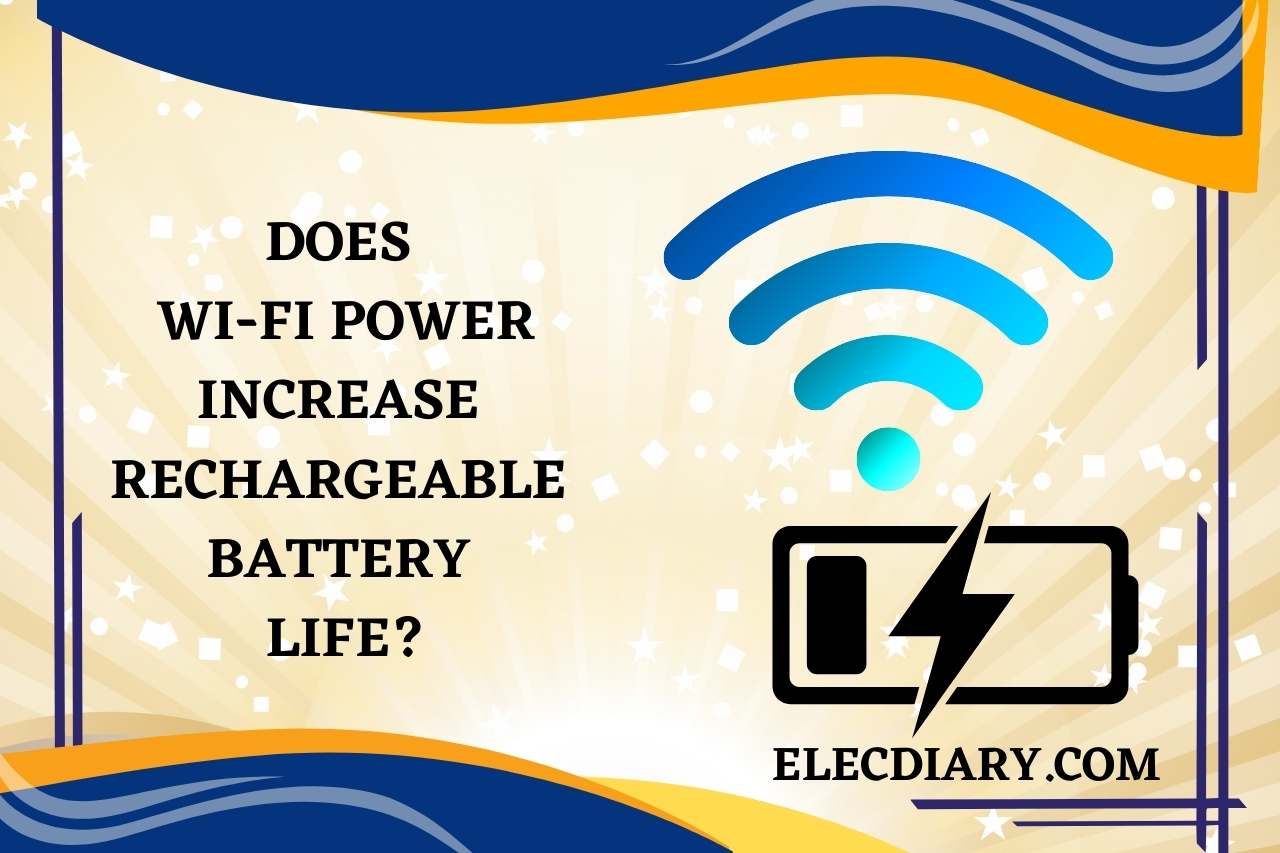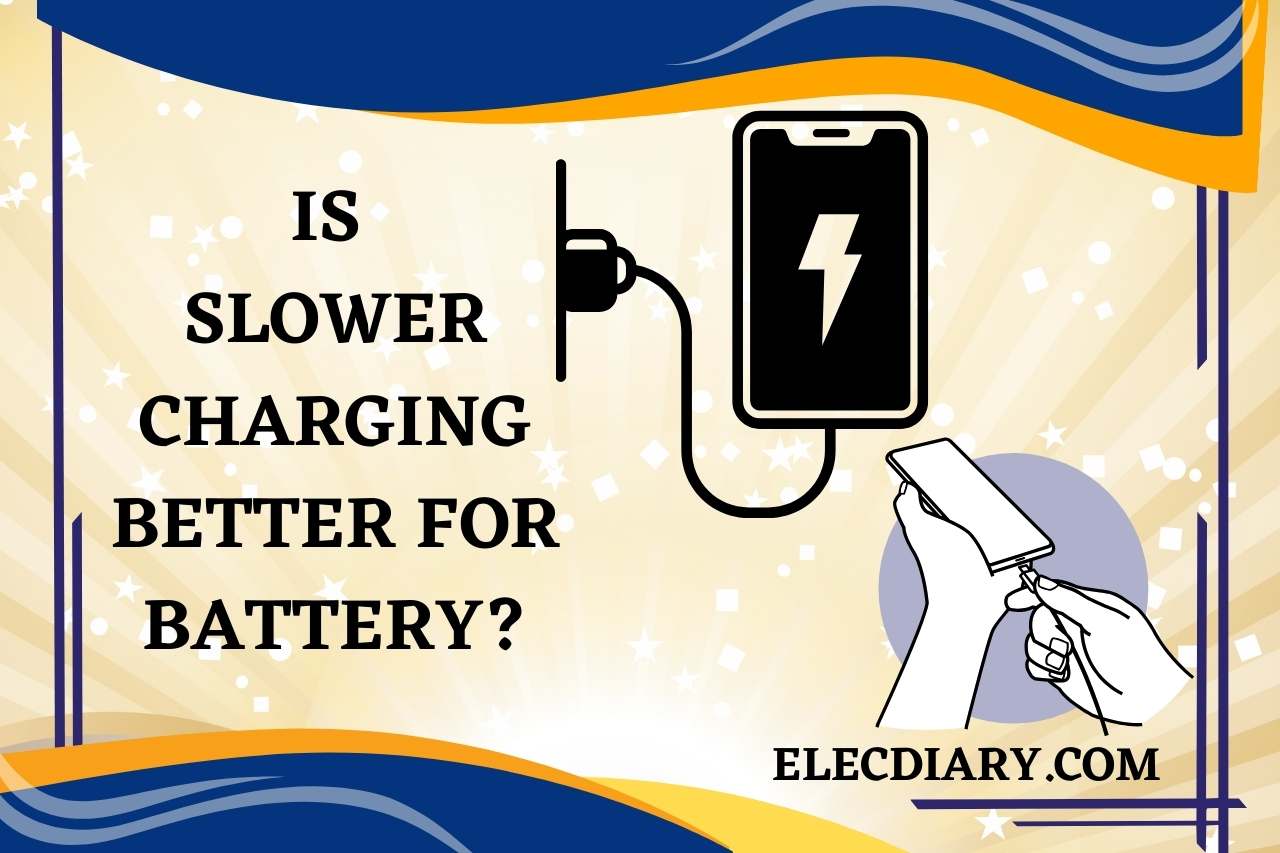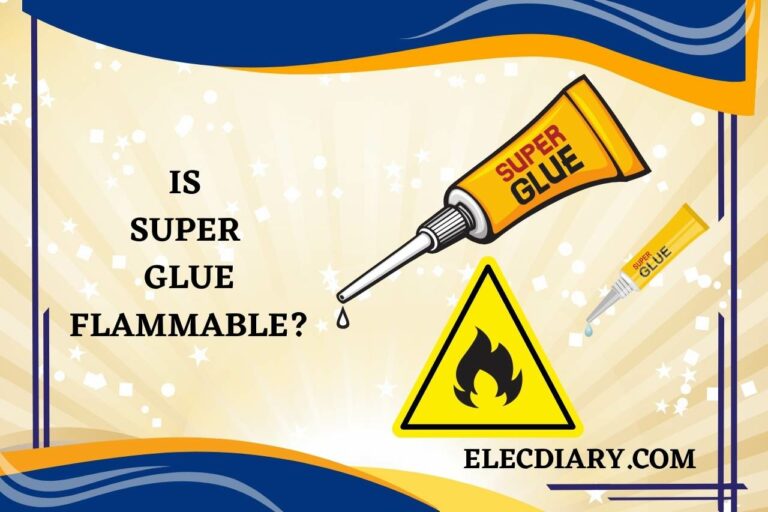Is Slower Charging Better for Battery? Debunking Myths!
The fast chargers supplied with today’s smartphones may recharge your battery in a matter of minutes and around an hour. The day when you needed to wait for hrs for the power source to charge completely is long gone. Is slower charging better for battery?
Yes, delayed charging extends the life of a phone’s cell. Rapid charging has many benefits, but it will definitely harm the battery in the cell phone and reduce its lifespan. In the part that follows, let’s talk about why that’s so.
How Do Cellular Phone Batteries Operate?
Both layers—lithium cobalt dioxide and graphite—are included in phone battery packs, as with the majority of other batteries that use lithium-ion.
Electrons are liberated during the transition of lithium ions moving from the graphite barrier onto the cobalt lithium layer via a solution of electrolytes.
The ions flow back in a different way when you recharge the power source, where they are then kept until you turn on and use the gadget, at which point they are released.
After a prolonged charging cycle or prolonged use, you can notice heat emanating from the rear of the cell phone as a result of that energy release. And over time, that heat might harm the battery.
Lithium-ion batteries have progressed, shrunk, and improved through time. Before they start to lose their battery capacity, they can withstand additional charging cycles—going from fully charged to completely discharged to fully charged again.

Should you Wait Until the Battery is Completely Dead (0%) Prior to Recharging?
Unexpectedly, whether batteries have been fully charged or entirely depleted, they are put under maximum stress.
When a battery is 50% charged, half of its movable lithium ions are within the cobalt-lithium oxide level, and the remaining half are on a graphite layer, which is the true sweet spot for batteries.
The battery remains least stressed at this equilibrium, which also increases the number of cycles of charging that it can sustain before deteriorating.
Therefore, if you truly want to extend the life of your battery, you simply should keep it charged between twenty and eighty percent.
This implies that it spent as short a time as possible having a bunch of lithium ions jammed into either level, as this puts physical pressure on the layers by causing them to expand.
Is Slower Charging Better for Battery?
Yes, basically. Fast charging isn’t always detrimental to your phone. A quick charge poses a concern because of the heat it produces. The electrical efficiency of your battery might be hampered by heat, which can result from charging excessively or leaving your cell phone in a hot vehicle.
In dire situations, the batteries can potentially enlarge or blow up. Although fast charging doesn’t produce as much heat, it generates enough to perhaps harm the battery in the mobile device.
Another drawback of rapid charging is the reality that it may cause you to consume the number of charge cycles (going from 0% to 100%) more quickly, which shortens the battery’s lifespan.
In spite of this, the phone has clever technology incorporated to make sure that the battery shifts to the right amount of power on the device, preventing it from receiving a greater amount of energy than it can handle.
Fast charging will produce greater heat, but there are several benefits that exceed this drawback.
Using your phone inactively while it packs is less harmful. Fast charging could be preferable if the process requires you to use the device while it is being charged.
Do Quick Charges Shorten Battery Life?
The power of a typical charger ranges from 5 to 10 watts of energy. That may be enhanced to a maximum of eight with a quicker charger. However, utilizing a rapid charger won’t harm the battery in your smartphone over the long term, except if there is a technical issue with the power source or charger circuitry.
This is why. Batteries that charge quickly operate in two stages. The empty or almost empty battery is subjected to a surge of voltage in the first stage.
You get that explosive charge of 50% to 70% during the first 10, fifteen or thirty minutes as a result. This is to ensure batteries may swiftly absorb a charge throughout the initial stages of charging without suffering any serious long-term consequences.
Are you aware that when you’re charging a battery, it appears to take longer to charge the initial 70% or 80% than the final 20 percent or 30%? The subsequent charging stage is the final stage, where phone manufacturers must carefully control and decrease the charging pace to avoid potentially damaging the battery.
Consider a battery to be like a sponge. A dry sponge rapidly absorbs liquid once you initially pour water upon it. This stage of charging batteries takes place quickly.
The fluid will struggle to soak onto the overloaded sponge as you keep adding water to the sponges at an identical rate, causing beads of liquid to form on the outer layer. This unprocessed charge for a power source might cause shorts along with other problems that can harm the battery.
When everything is properly handled, damage is uncommon. It may take as much as ten minutes to obtain the final few percentage points since a battery’s control system closely tracks the two energy phases and reduces the speed of charging throughout the second stage in order to allow the power source time to take in the electricity and prevent problems.

Does Wi-Fi Power Increase Rechargeable Battery Life?
Cota and other RF-based wireless energy technologies are made to charge batteries that recharge while simultaneously providing power to applications without the use of a battery.
Your battery is constantly charged thanks to wireless electricity over the atmosphere and at a distance, which functions somewhat like a slow charger for an automobile battery as it moves steadily.
Wireless energy conveniently and without any requirement over recharging pads, wires, cords, or pausing whatever you’re doing while plugged in offers a constant background level of electricity to the gadgets of your choosing.
Fast charging won’t matter much in a future where portable power and Bluetooth charging are commonplace because everywhere you go, your gadgets will be getting such a continuous stream of electrical energy to maintain those batteries that recharge at their maximum potential.
We won’t experience this issue of eventually slow rechargeable battery life in our laptops, cell phones, smartwatches, and other portable gadgets nearly as frequently when we, as a group as a society, transition to continually charging using wireless power.
Rechargeable batteries are going to last longer, reducing the need for new ones and the hassle and cost associated with changing them.
The key is to keep in mind that quick isn’t always preferable when deciding between quick and sluggish. The steady-as-she-goes turtle ultimately succeeds, particularly when it comes to conserving battery life or while performing schoolwork.
Will your Battery Be Harmed by High Temperatures?
The real enemy of battery life is heat. Long-term battery life is known to be decreased by high temperatures.
To avoid heating up, which can gradually reduce battery life, keep the device out of direct sunlight, out of window frames, and disconnected from the instrument panel of your vehicle.
A battery that has reached a dangerous temperature may explode. A battery’s performance can be impacted by temperatures that reach as high as 86 °F (30 °C).
It is preferable to set a charging phone down on a strong table or surface, particularly one made of hardwood or stone. Although it is not advised, robust plastic is also acceptable.
Check that there is nothing covering the phone when it is recharging, and for maximum protection, take the phone out of the case when charging to avoid scorching.
Watch this video,
Video Credits – TechZG
You May Also Like








